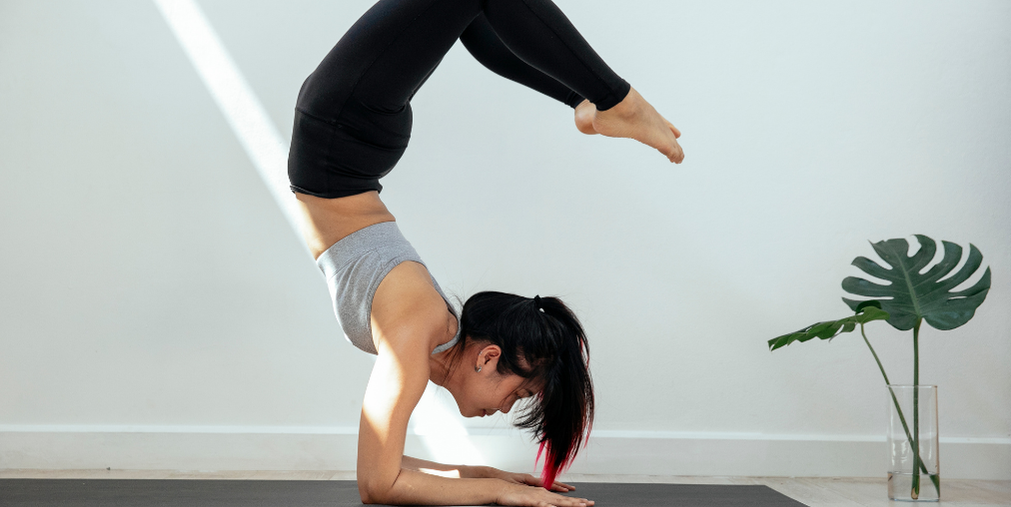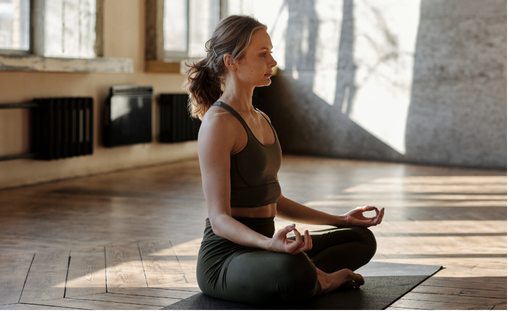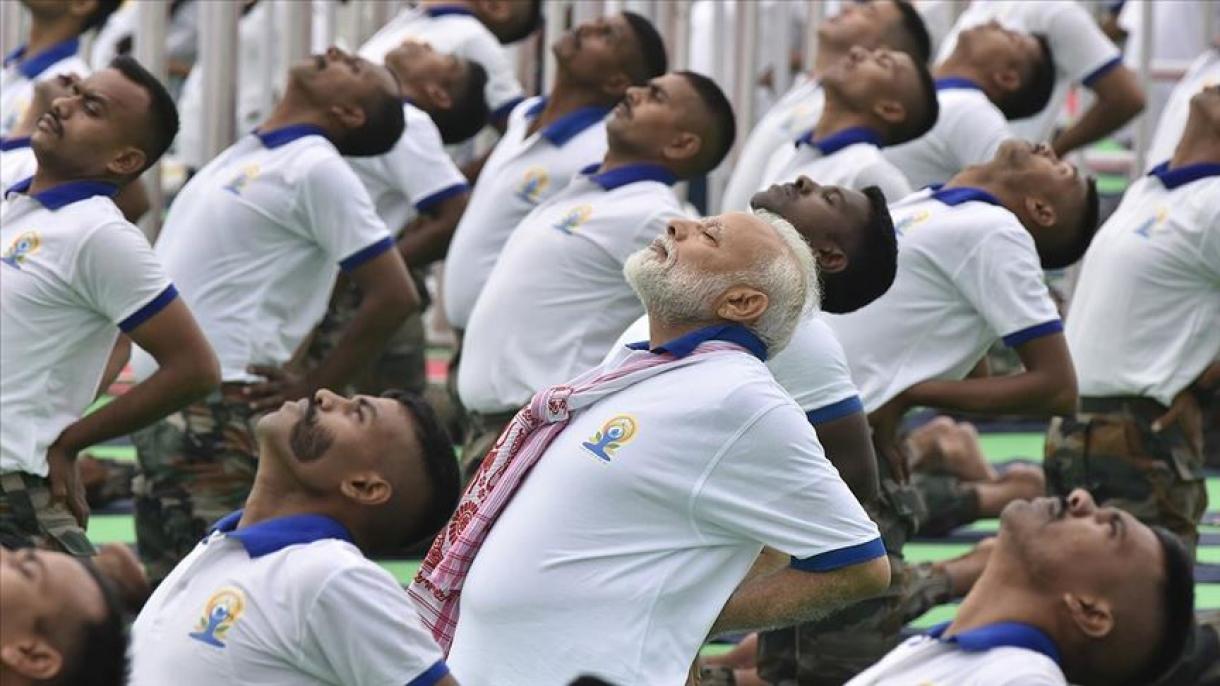Yoga is a well-known practice that originated in ancient India. Since its rise in popularity in the West and globally in the 1960s, it has become one of the most favored methods for cultivating the body and mind, as well as for physical exercise.
Given yoga's emphasis on the unity of body and mind and its health benefits, people's enthusiasm for yoga has continued to grow. This also translates to a high demand for yoga instructors.

However, British health professionals have recently warned that an increasing number of yoga instructors are experiencing severe hip problems. Physiotherapist Benoy Matthews reports that many yoga teachers are facing serious hip issues, with many requiring surgical treatment.
Matthews mentions that he now treats about five yoga instructors with various joint problems each month. Some of these cases are so severe that they necessitate surgical intervention, including total hip replacement. Additionally, these individuals are quite young, around 40 years old.
Risk Warning
Given the numerous benefits of yoga, why are more and more professional yoga instructors experiencing serious injuries?
Matthews suggests this may be related to the confusion between pain and stiffness. For instance, when yoga instructors experience pain during their practice or teaching, they might mistakenly attribute it to stiffness and continue without stopping.

Matthews emphasizes that while yoga offers many benefits, like any exercise, overdoing it or improper practice carries risks. Everyone's flexibility varies, and what one person can achieve might not be possible for another. It's essential to know your limits and practice moderation.
Another reason for injuries among yoga instructors may be that yoga is their only form of exercise. Some instructors believe daily yoga practice is sufficient and do not combine it with other aerobic exercises.
Additionally, some yoga instructors, especially new ones, teach up to five classes a day without taking breaks on weekends, which can easily cause harm to their bodies. For example, Natalie, who is 45 years old, tore her hip cartilage five years ago due to such overexertion.
Experts also warn that holding a yoga pose for too long can lead to problems. However, this does not imply that yoga is inherently risky. Its benefits are globally recognized, which is why it remains popular worldwide.
Yoga Benefits
Practicing yoga offers numerous benefits, including speeding up metabolism, eliminating body waste, and helping with body shape restoration.
Yoga can enhance body strength and muscle elasticity, promoting balanced development of limbs.

It can also prevent and treat various physical and mental ailments such as back pain, shoulder pain, neck pain, headaches, joint pain, insomnia, digestive disorders, menstrual pain, and hair loss.
Yoga regulates overall body systems, improves blood circulation, balances endocrine functions, reduces stress, and promotes mental well-being.
Other benefits of yoga include boosting immunity, improving concentration, increasing vitality, and enhancing vision and hearing.
However, it is crucial to practice correctly under the guidance of experts and within your limits.
Pip White, a professional advisor from the Chartered Society of Physiotherapy, states that yoga offers numerous benefits for physical and mental health.
By understanding your abilities and limits and practicing within safe boundaries, you can reap the significant benefits of yoga.
Origins and Schools
Yoga, which originated in ancient India thousands of years ago, has continuously developed and evolved, resulting in numerous styles and forms. Dr. Jim Mallinson, a yoga history researcher and senior lecturer at the University of London's School of Oriental and African Studies (SOAS), states that yoga was initially a practice for religious ascetics in India.
While religious practitioners in India still use yoga for meditation and spiritual practice, the discipline has significantly transformed, especially over the past century with globalization.

Dr. Mark Singleton, a senior researcher in modern yoga history at SOAS, explains that contemporary yoga has integrated elements of European gymnastics and fitness, resulting in a hybrid practice.
Dr. Manmath Gharte, director of the Lonavla Yoga Institute in Mumbai, tells the BBC that the primary goal of yoga is to achieve the unity of body, mind, emotions, society, and spirit, leading to inner peace. He mentions that various yoga poses enhance the flexibility of the spine, joints, and muscles. Improved flexibility benefits mental stability, ultimately eliminating suffering and achieving inner tranquility.
Indian Prime Minister Modi is also an avid yoga practitioner. Under Modi's initiative, the United Nations established International Yoga Day in 2015. In the 20th century, Indians began participating in yoga on a large scale, along with the rest of the world. Swami Vivekananda, a monk from Kolkata, is credited with introducing yoga to the West. His book "Raja Yoga," written in Manhattan in 1896, significantly influenced Western understanding of yoga.
Today, various yoga styles are popular, including Iyengar Yoga, Ashtanga Yoga, Hot Yoga, Vinyasa Flow, Hatha Yoga, Aerial Yoga, Yin Yoga, Beer Yoga, and Naked Yoga.
Additionally, a famous yoga pose, Downward Dog, was documented as early as the 18th century. Researchers believe Indian wrestlers used it for wrestling practice.
Post time: Jan-17-2025


